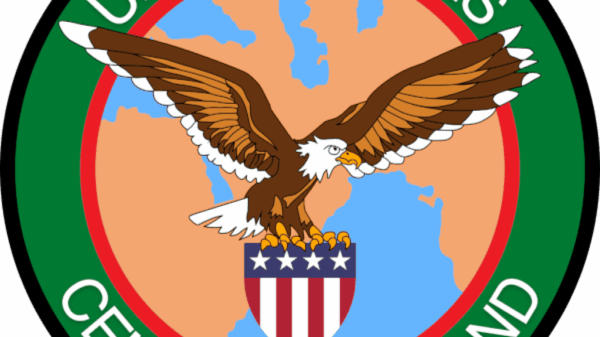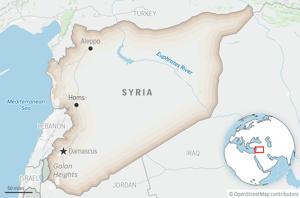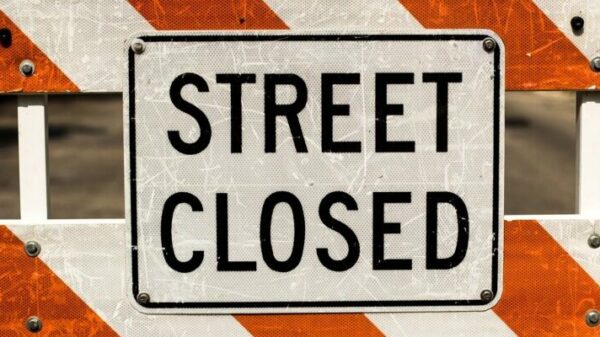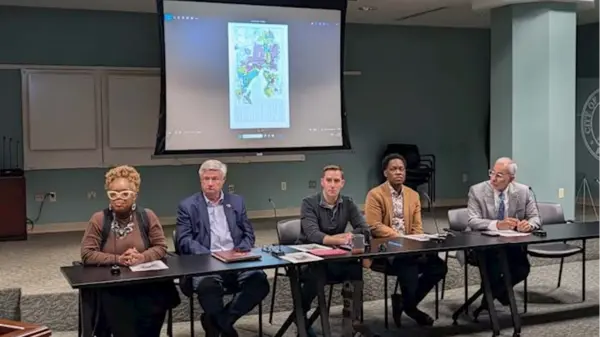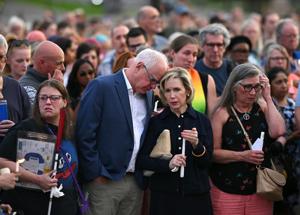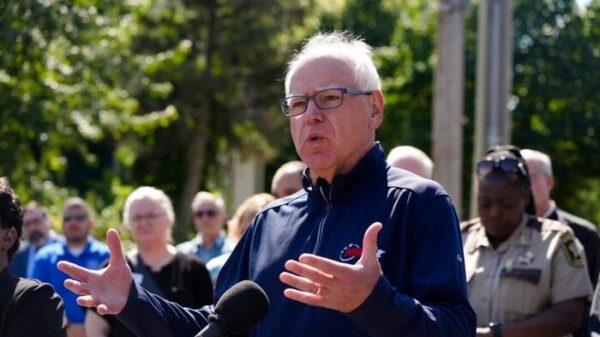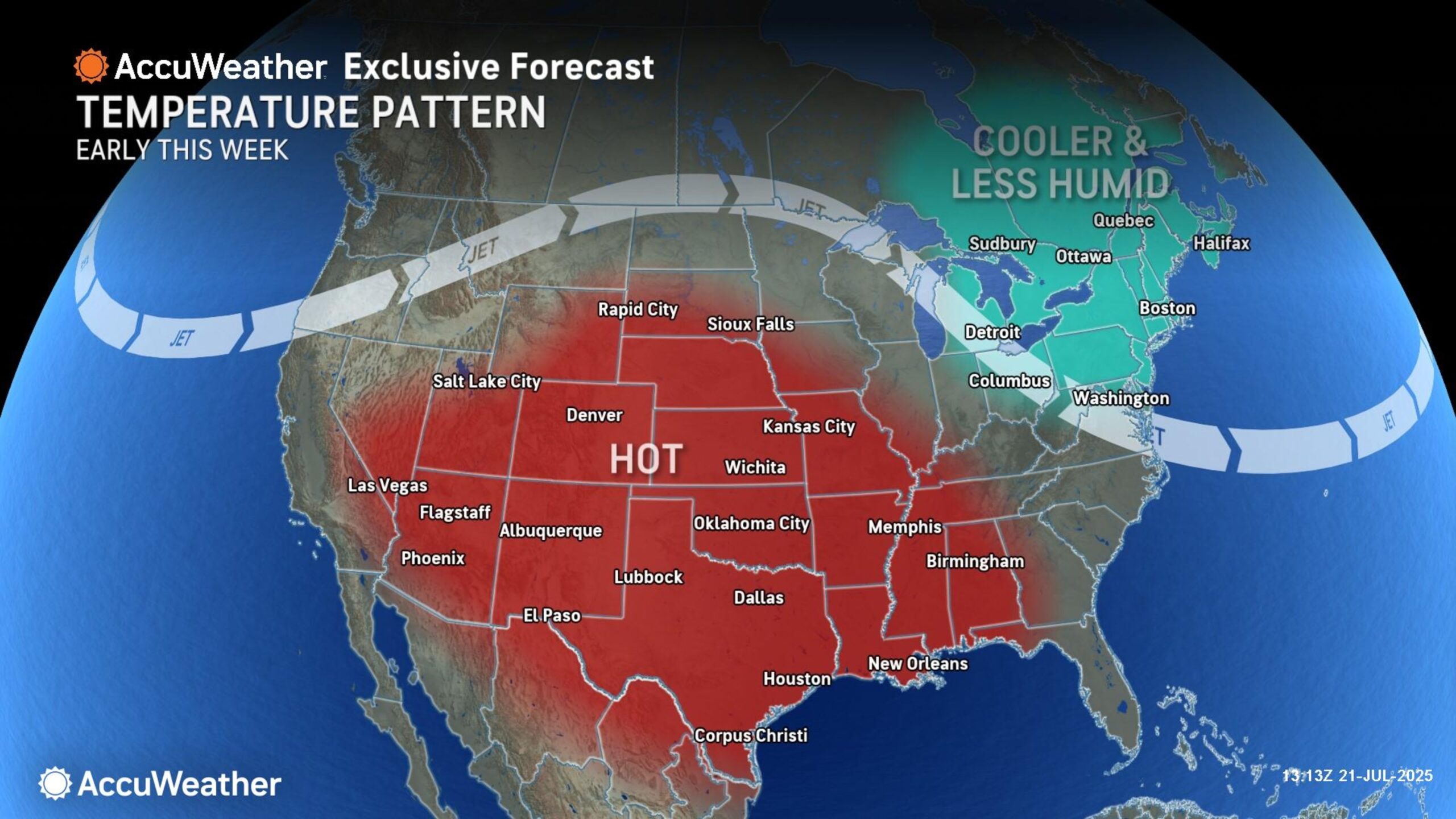URGENT UPDATE: Kansas City, Missouri, is on track to experience temperatures soaring to 100 degrees Fahrenheit for the first time since August 25, 2023. A dangerous heat wave gripping the Central U.S. poses immediate risks, with warnings from AccuWeather and the National Weather Service (NWS) regarding the potential for serious heat-related illnesses.
This unprecedented heat event is expected to affect millions. AccuWeather Senior Meteorologist Chad Merrill noted that the heat index, or “feels-like” temperature, could climb as high as 107 degrees in Kansas City. As the heat wave continues, officials are urging residents to take precautions to avoid heat exhaustion and heat stroke.
The NWS has issued an extreme heat warning, effective through 7 p.m. CDT on Thursday, covering Kansas City and surrounding areas in eastern Kansas and western Missouri. The alert emphasizes the need for residents to “drink plenty of fluids, stay in an air-conditioned room, and check on relatives and neighbors.”
“Heat-related illnesses increase significantly during extreme heat and high humidity events,” stated the NWS in their warning.
With daytime highs predicted to reach or exceed 100 degrees across much of the region, the heat wave’s impact is particularly concerning. The NWS has advised limiting strenuous activities to the early morning or evening hours. This warning comes during one of the busiest summer periods for outdoor activities and travel, making the risks even more pronounced.
The persistence of this heat wave is attributed to a heat dome, a high-pressure system that traps hot air at the surface. AccuWeather reports that this dome could linger through much of August, potentially leading to a prolonged stretch of extreme heat with minimal rainfall.
As of Monday, the NWS HeatRisk map indicated a major risk for heat-related impacts in the Kansas City area, warning, “This level of heat affects anyone without effective cooling and/or adequate hydration.” The forecast anticipates significant repercussions for health systems, heat-sensitive industries, and infrastructure.
Authorities are particularly concerned about vulnerable populations, including outdoor workers and the elderly, who may struggle without adequate cooling facilities. Nights are expected to offer little relief, with low temperatures remaining in the mid-70s to low 80s.
The heat wave is expected to expand across the Central Plains, Mississippi Valley, Southeast, and into the Eastern U.S. throughout the week. Residents are urged to stay vigilant and regularly check for updates as conditions evolve.
“The heat will increase and expand across the Central Plains,” the NWS forecast indicated on Monday, highlighting the extensive reach of this dangerous weather pattern.
As the extreme heat threat looms, local authorities and health officials are emphasizing community outreach and preparedness measures to mitigate heat-related emergencies. Residents should remain informed and take all necessary precautions to stay safe during this intense heat wave.






